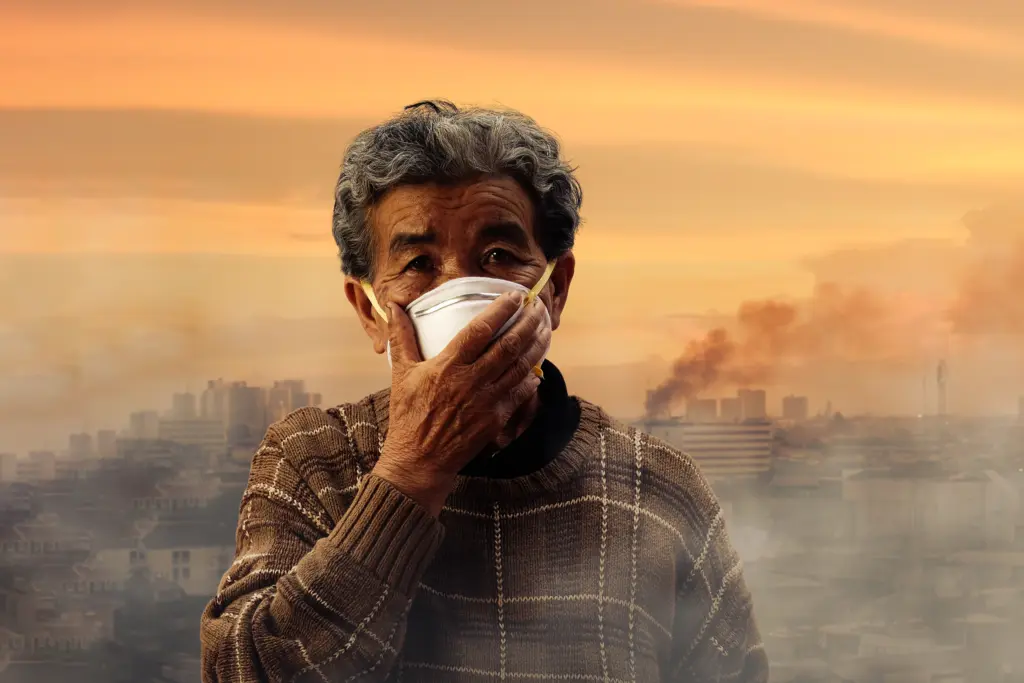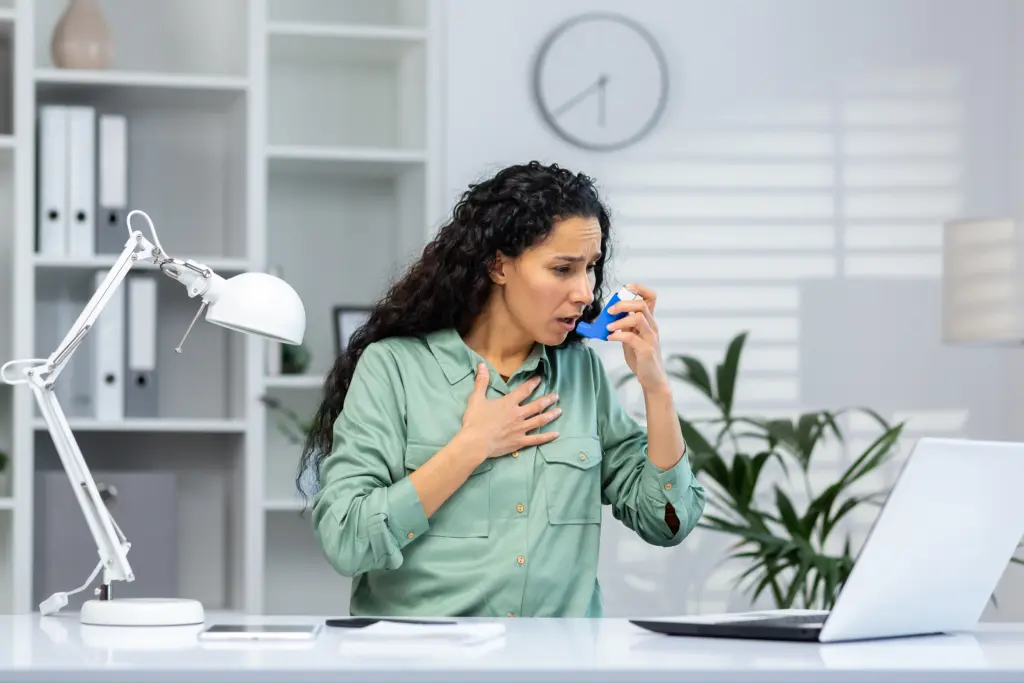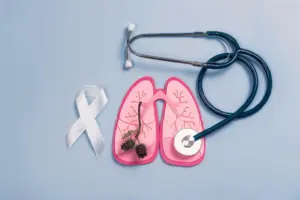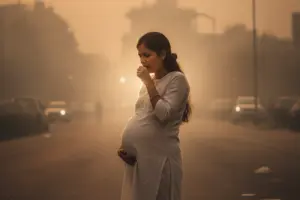
Air Pollution and Asthma: Step outside on a hazy morning in a big city and you’ll notice it right away; the air feels heavier, maybe even stings a little when you take a deep breath. For most people, it’s just an annoyance. But if you’ve got asthma, that air can feel like an invisible wall pressing against your lungs.
Why does pollution make asthma hard?
Asthma already makes the airways sensitive. Add pollutants like fine particles, ozone, or nitrogen dioxide, and you’ve basically got fuel on the fire. The body sees those pollutants as intruders and reacts with tightening, swelling, and coughing. Anyone who’s had an asthma attack knows it’s not just “trouble breathing”. It’s panic, chest pressure, and a desperate fight to pull in enough air.
Also Read | Unusual asthma symptoms that you should know
And cities? They’re hotspots. Between traffic, factories, and construction dust, urban air often carries a cocktail of triggers. Some days you can literally see it hanging low, a grey-brown blanket over the skyline.
Spotting the danger days:
Not every day is equally awful. You’ve probably noticed mornings when you wake up wheezing more than usual, or when your inhaler gets more action than normal. That’s not random; it often matches air quality dips. Most cities publish daily AQI (Air Quality Index) reports. When those numbers climb past 100, people with asthma need to take notice. If it hits 150 or higher, consider it to be a flashing warning sign.
But you don’t always need an app to know the air’s rough. Do you experience burning in your eyes, a sudden dry cough, or a faint metallic tang in the air? Those are clues, too.
How can you breathe better amid high pollution?
You can’t change the air outside, but you can change how much of it your lungs take in. On high-pollution days, try shifting workouts indoors. Running along a busy road during rush hour is basically asking for trouble. Even a gym treadmill beats sucking in exhaust.

At home, air purifiers with HEPA filters can take the edge off. They won’t magically erase pollution, but they can cut indoor particle levels, which is especially useful if you live near traffic-heavy areas. And yes, it’s worth the investment if asthma rules your life.
Masks? Not all are created equal. Cloth ones don’t do much here. A proper N95 or KN95, though, can block fine particles and actually help. It might feel odd wearing one outside long after the pandemic, but your lungs will thank you.
Can pollution impact your mental health?
There’s also the stress factor. Living in a high-risk city requires you to constantly monitor the air and worry about potential flare-ups. That constant vigilance wears you down. So cut yourself some slack. Planning ahead, carrying your rescue inhaler and knowing the bad-air shortcuts can ease some of that pressure.
Also Read | How asthma differs in kids and adults: Symptoms, triggers & treatment
Air pollution isn’t going anywhere fast. If you have asthma and live in a smog-prone city, you’ll need to play defence. Some days that means skipping the jog. Other days, it’s about masking up or staying indoors. It’s not perfect, but it’s how you keep breathing easier in a place that doesn’t always make it easy.








